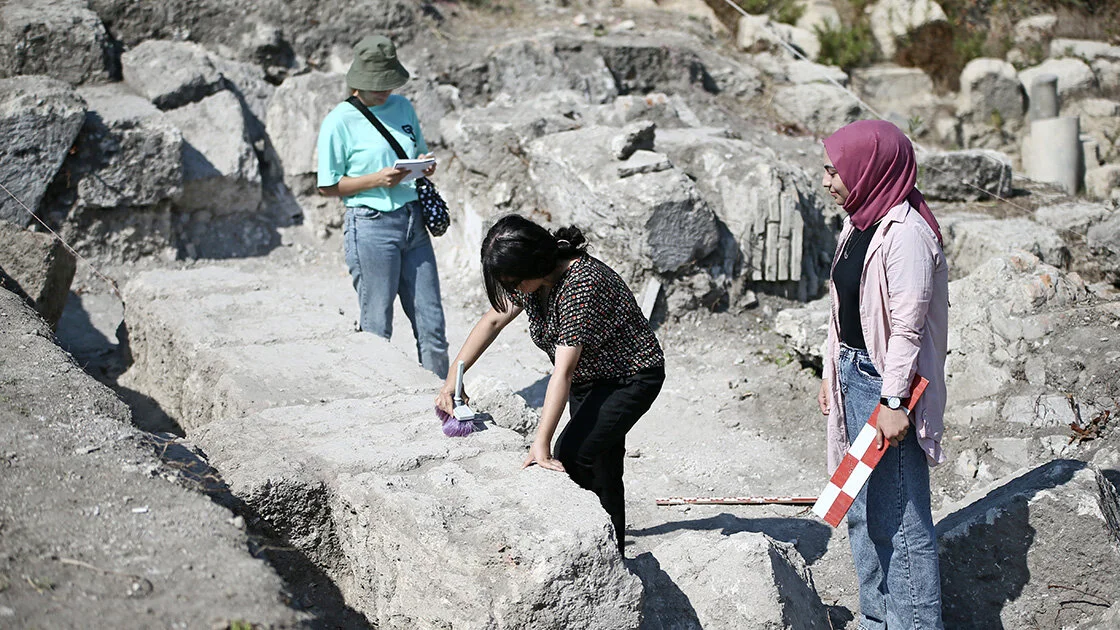
Excavations continue in the ancient city of Magarsus where Alexander the Great offered sacrifices
The excavations of the ancient city of Magarsus, where the Macedonian king Alexander the Great sacrificed to Athena Megarsis and Amphilochus, son of Amphiaraos, the legendary founder of the city, before the Battle of Issos, continue.
Magarsus, one of the most important prophecy centers in the Eastern Mediterranean, is 49 km from Adana and 4 km from Karataş district center.
According to Strabo, the ancient city of Magarsus was founded in the 7th century BC by the Cilician Mopsos and Greek Amphilokhos, who came to the region after the Trojan War.
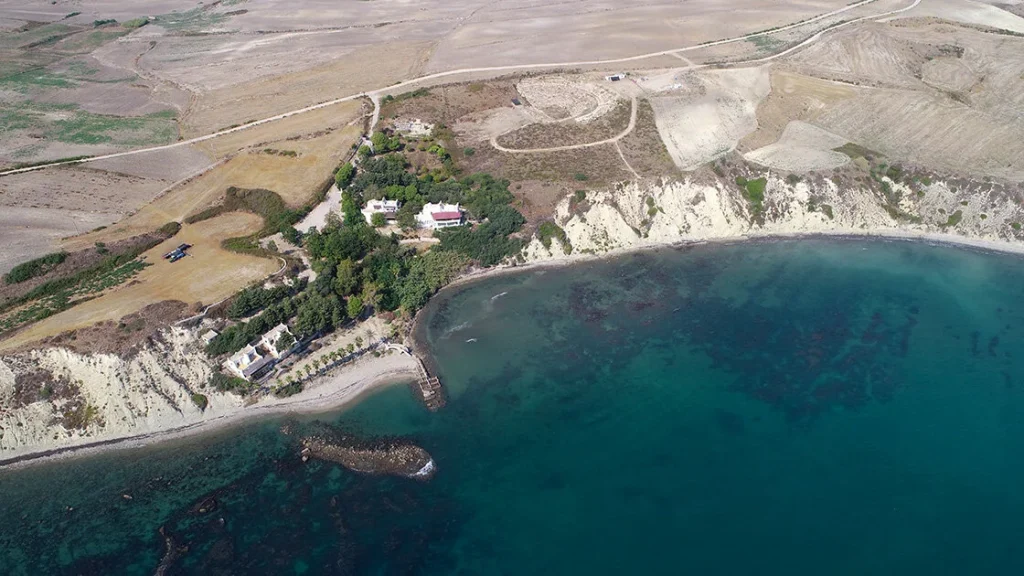
It is thought that the name of Magarsus, which is understood to be one of the important port cities of the ancient period, derives from the name Magarsiya given to the priestesses in the temple here.
The name of the city was changed to Antiochia ad Pyramum during the Hellenistic Period.
The city was under Persian, Greek, Roman and Byzantine rule throughout its history.
Roman Emperor Hadrian visited the city in 130 AD.
The ancient city of Magarsus was badly damaged by an earthquake in the 13th century.
The ancient city of Magarsus has a city plan surrounded by walls. Some remains of the city walls can still be seen today.
Only the foundations of the Temple of Athena Magarsia, the most important temple of the city, have survived to the present day.
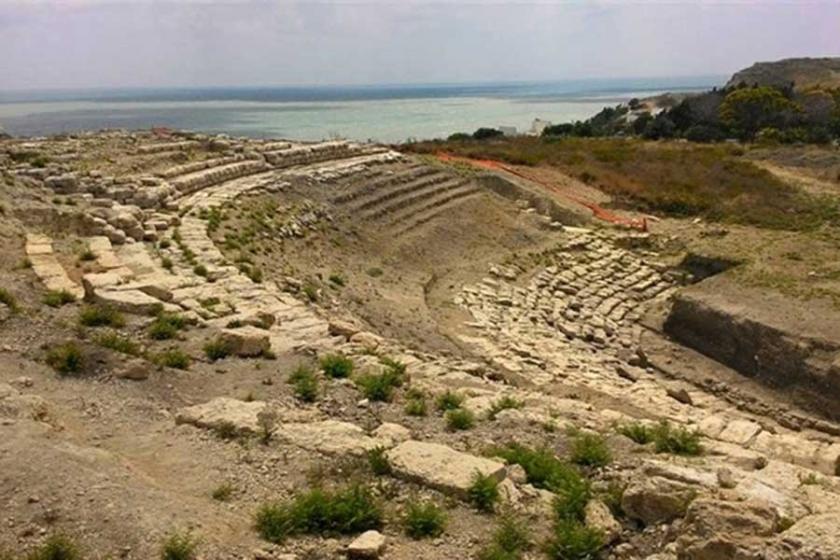
Magarsus Theater, which is the only theater with sea view in the ancient period, has a capacity of 3000 people.
Like the temple, another structure of the city, of which only the ruins have survived to the present day, is the stadium where sports competitions were held.
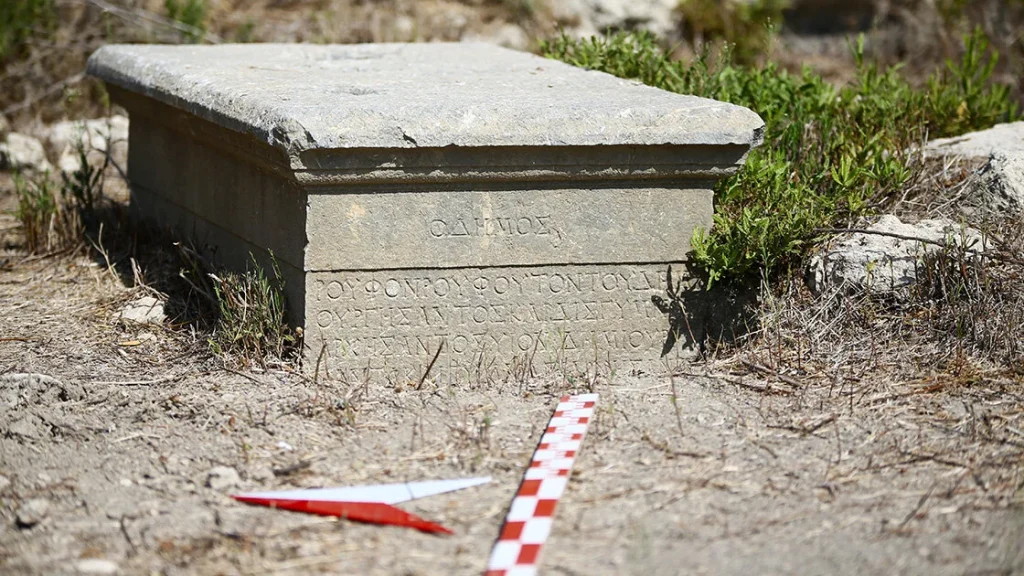
Baths were built on the ruins of the ancient city during the Byzantine and Ottoman periods.
The ancient city of Magarsus was taken under protection by the Ministry of Culture and Tourism. Excavations were initiated under the leadership of the General Directorate of Cultural Heritage and Museums.
Osmaniye Korkut Ata University Faculty of Arts and Sciences, Department of Archaeology Lecturer Assoc. Prof. Dr. Fatih Erhan and his team identified the location of the Temple of Athena Magarsia, where the ancient Macedonian King Alexander the Great sacrificed before the Battle of Issos in 333 BC.
Archaeologists aim to uncover the Temple of Athena Magarsia, where Alexander the Great offered sacrifices.
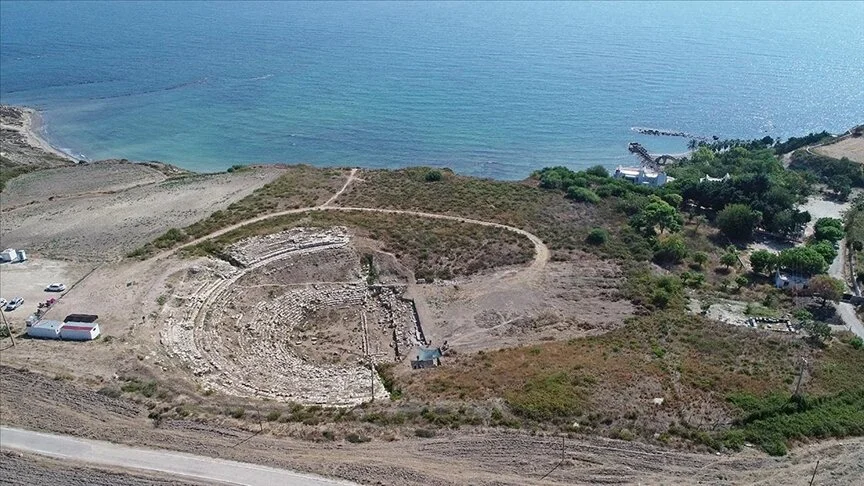
Uncovered in 2022, the theater is expected to be opened to visitors after the restoration work is completed.
Experts say that there is information that a large “black stone” was located at the base of the temple. It is estimated that the name of Karatas district, where the city is located, may have come from here.
Cover photo: AA
You may also like
- A 1700-year-old statue of Pan unearthed during the excavations at Polyeuktos in İstanbul
- The granary was found in the ancient city of Sebaste, founded by the first Roman emperor Augustus
- Donalar Kale Kapı Rock Tomb or Donalar Rock Tomb
- Theater emerges as works continue in ancient city of Perinthos
- Urartian King Argishti’s bronze shield revealed the name of an unknown country
- The religious center of Lycia, the ancient city of Letoon
- Who were the Luwians?
- A new study brings a fresh perspective on the Anatolian origin of the Indo-European languages
- Perhaps the oldest thermal treatment center in the world, which has been in continuous use for 2000 years -Basilica Therma Roman Bath or King’s Daughter-
- The largest synagogue of the ancient world, located in the ancient city of Sardis, is being restored











Leave a Reply